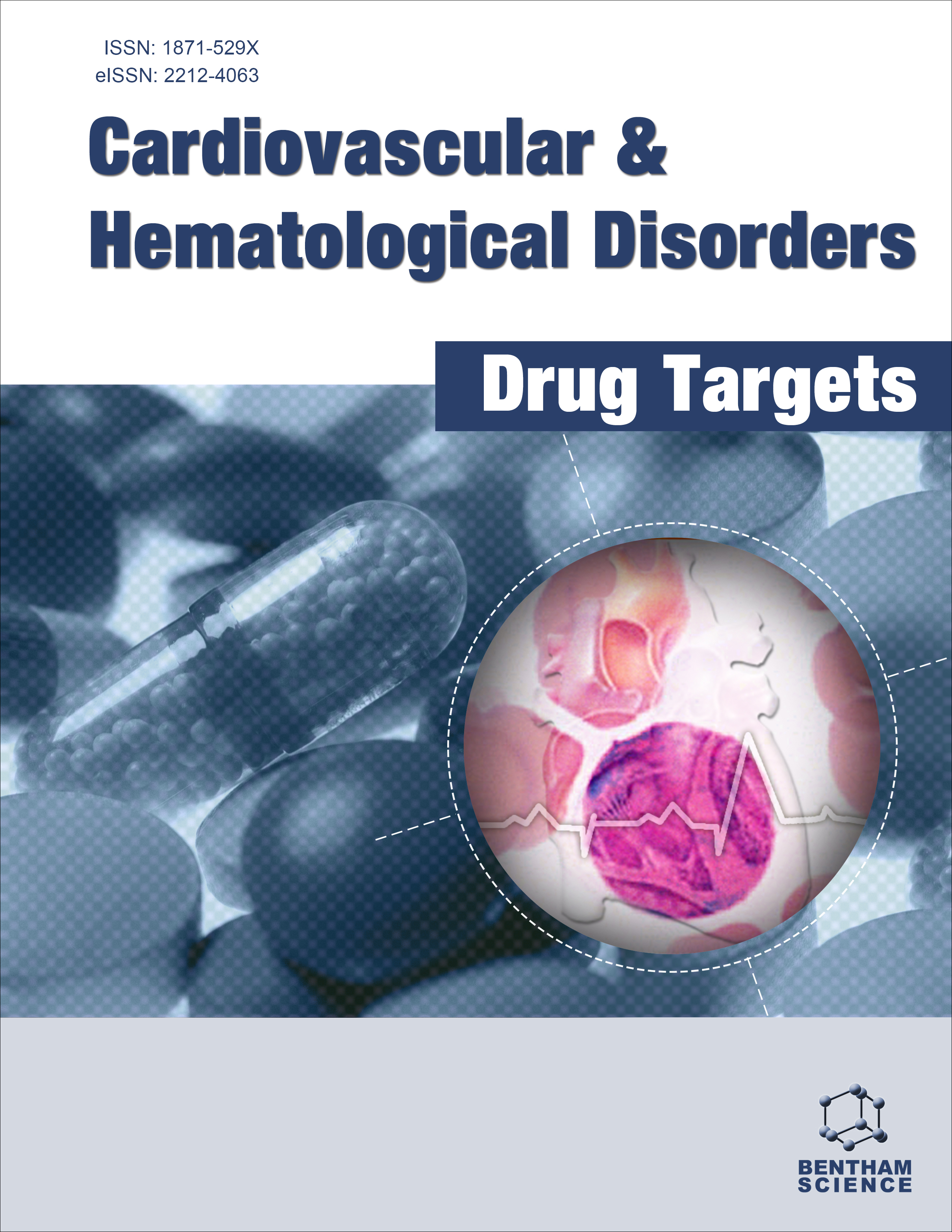
Full text loading...

POEMS syndrome is a rare multisystem disorder associated with plasma cell dyscrasia and abnormal cytokine production, including vascular endothelial growth factor (VEGF). The mandatory criterion for its diagnosis includes polyneuropathy and monoclonal plasma cell disorder, along with other major and minor criteria. This case highlights the diagnostic and therapeutic challenges of POEMS syndrome by depicting the case of a 61-year-old male with progressive sensory-motor polyneuropathy, lymphadenopathy, and splenomegaly.
The patient presented with a year-long history of bilateral limb weakness and sensory disturbances, accompanied by abdominal distention, weight loss, and other systemic symptoms. Clinical examination revealed skin hyperpigmentation, splenomegaly, and a right axillary lymph node enlargement. Neurological evaluation showed distal limb hypotonia, absent reflexes, and sensory deficits. Diagnostic investigations, including nerve conduction studies, imaging, and bone marrow biopsy, confirmed POEMS syndrome based on polyneuropathy, monoclonal IgG lambda plasma cells, Castleman disease, sclerotic bone lesions, elevated VEGF, and minor criteria, such as endocrinopathy and skin changes. The treatment comprised lenalidomide and dexamethasone, resulting in significant improvement at the three-month follow-up, including normalized VEGF levels and resolution of ascites.
This case highlights the necessity of identifying the many presentations of POEMS syndrome for prompt diagnosis and treatment. Despite its rarity and diagnostic complexity, prompt treatment can significantly improve clinical outcomes. POEMS syndrome should be considered in patients with unexplained neuropathy and systemic features, enabling better outcomes through targeted therapies.